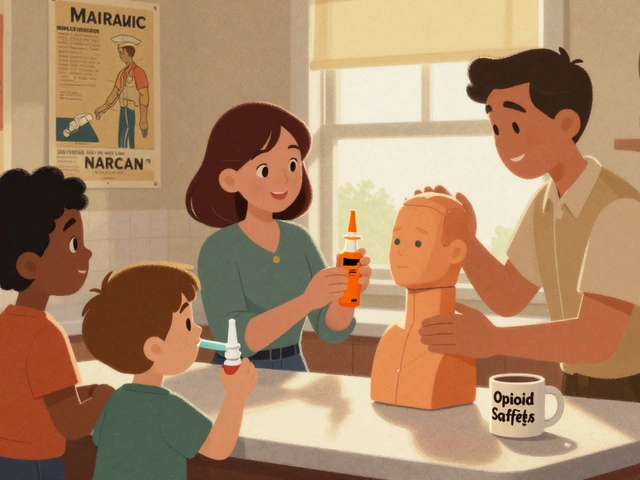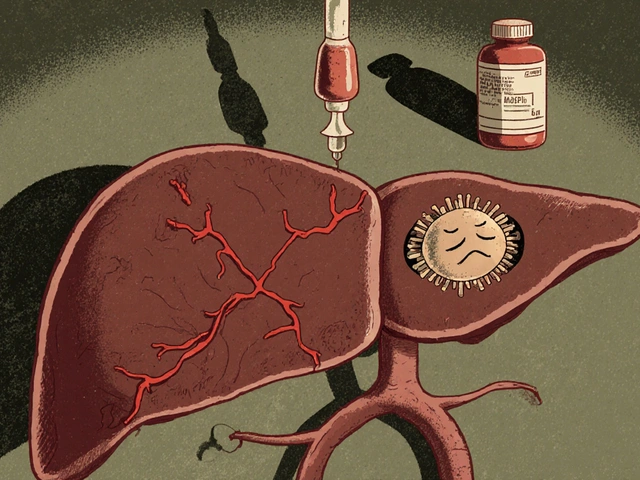Joint damage: causes, signs, and how to protect your joints
Joint damage quietly builds over time. Cartilage thins, ligaments loosen, and small injuries add up until walking, climbing stairs, or even typing hurts. Knowing what causes joint damage and what you can do right now makes a big difference.
Common causes include wear-and-tear (osteoarthritis), past injuries (ACL tears, fractures), repetitive stress from work or sports, autoimmune diseases like rheumatoid arthritis, infections, and excess body weight. Age raises the risk, but lifestyle choices matter just as much. Smoking and poor nutrition slow repair and increase inflammation.
Watch for these clear signs: persistent joint pain that worsens with activity, morning stiffness lasting more than 30 minutes, visible swelling, grinding or popping sounds, reduced range of motion, or joints that suddenly lock. If a joint becomes red, hot, and very painful, get medical help—those can be signs of infection or crystal arthritis.
How to protect joints and reduce damage
Start with weight and movement. Losing even a small amount of weight reduces pressure on hips and knees. Swap high-impact activities (running on hard surfaces) for low-impact ones like swimming, cycling, or brisk walking. Strength training matters: stronger muscles around a joint take stress off cartilage. Aim for two strength sessions a week focused on main muscle groups.
Pay attention to ergonomics and footwear. Use lumbar support, raise your chair if needed, and avoid prolonged awkward positions. Choose shoes with good cushioning and arch support. Small steady changes—short breaks, stretching every hour, and using the right tools for lifting—prevent tiny injuries from becoming long-term damage.
Treatment options and when to see a doctor
For mild problems start at home: rest the joint briefly, ice after activity to cut swelling, and use over-the-counter pain relievers as directed. A short course of NSAIDs can help control pain so you can keep moving. Physical therapy is one of the best next steps—therapists teach targeted exercises, mobility work, and safe progressions.
If pain limits daily life or comes with swelling, locking, fever, or numbness, see a clinician. Your doctor may order X-rays or an MRI to check cartilage, ligaments, and bone. Treatments range from corticosteroid or hyaluronic injections to disease-specific medicines for inflammatory arthritis. When conservative care fails, surgical options include arthroscopy, joint realignment, or joint replacement.
About supplements: glucosamine, chondroitin, and omega-3 oils help some people but results vary. Use reliable brands and talk to your doctor, especially if you’re on blood thinners or other meds. Avoid quick fixes that promise instant cartilage repair—real recovery takes time and steady effort.
Simple checklist: control weight, build strength, choose low-impact cardio, fix posture and ergonomics, try PT early, and get prompt medical review for major symptoms. Small, consistent steps protect joints and keep you active for years. If you’re unsure where to start, book a visit with a physical therapist or your primary care doctor and get a practical plan.

The Connection Between Obesity and Joint Damage
As a blogger, I've recently discovered the connection between obesity and joint damage. It turns out that carrying extra weight puts significant strain on our joints, especially the knees and hips. This pressure can lead to joint damage, causing pain and limiting mobility. Additionally, obesity increases inflammation in the body, which can further contribute to joint deterioration. It's essential to maintain a healthy weight to protect our joints and overall health.
Read More




